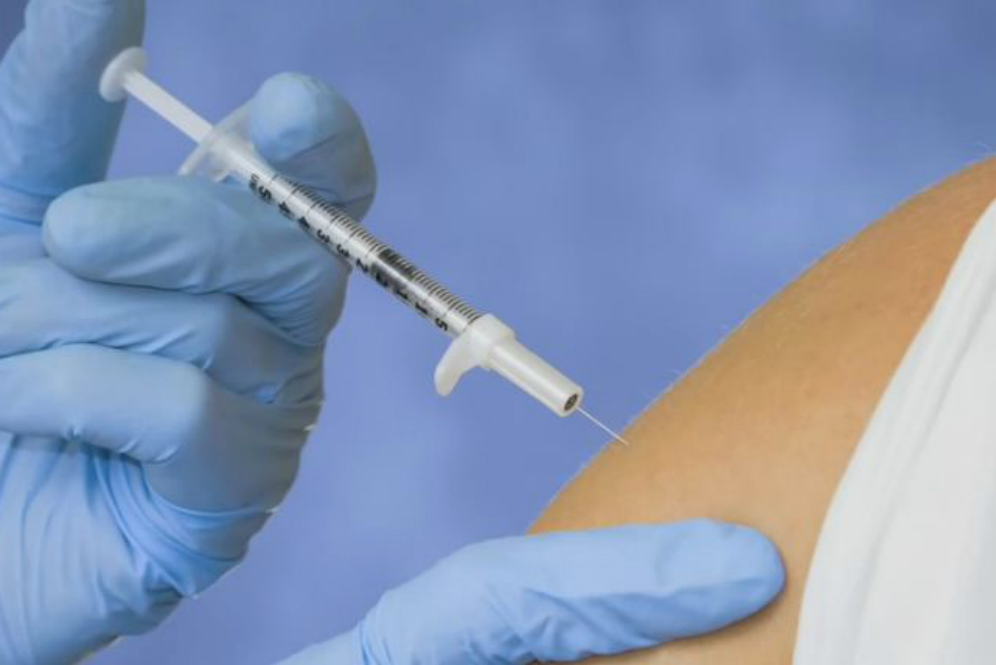Infectious diseases caused by viruses and transmission take place outside a condition commonly called epidemic disease. Several factors that affect this epidemic case include the number of populations vulnerable to disease, population homogeneity, the ability of an infection to transmit, level of each individual’s immunity, as well as incubation. Infectious disease is one of the main health problems faced in almost all countries, regardless of status. The example of epidemic disease is measles, mumps, influenza, HIV, and TB.
The disease classified in epidemic cases has a variety of transmission modes accordingly with the type of illness. For example in the case of TB is an infectious disease caused by tuberculosis bacteria. Another example is hepatitis, which is an inflammatory disease of liver cells caused by infection (viruses, bacteria, and parasites), drugs (including traditional medicine), alcohol consumption, excess fat, and autoimmune diseases.
Prevention of epidemic cases can be done by vaccination because vaccination is the first step to prevent epidemic epidemics. Vaccination is the process of giving weak or dead pathogens to living things to increase the body’s immune system against a particular disease.
The mathematical model is a powerful tool to understand the dynamics of the spread of an infectious disease. In this paper, we examine a mathematical epidemic model considering the vaccinated population and adding a control variable in the form of medical treatment to reduce the infected population at minimum cost. In this study, the human population was divided into five compartments (sub-populations): the healthy population, the vaccinated population, the exposed population, the infectious population, and the recovered population. We assumed that the vaccination is given to susceptible populations who have not been vaccinated and the newborn population. The control variable used is in the form of treatment efforts for exposed and infected populations. In the model, an analysis of the stability of the equilibrium point of the model is carried out, and it determines the sufficient conditions for the existence of optimal control and is equipped with a numerical simulation and its interpretation.
We calculated the basic reproduction number from the discussion, which is an important quantity in mathematical epidemiology. This number represents the average secondary cases per primary case in a virgin population during the infectious period of the primary cases. The local stability of the equilibriums and the existence of the endemic equilibrium depend on the basic reproduction number. Thus, the optimal control problem is solved by using Pontryagin Maximum Principle. The simulation results show that the implementation of the cure treatment as a control variable can reduce the number of exposed and infectious by 77.30% and 92.71% respectively, in the 20th year after the intervention.
Author: Dr. Fatmawati, M.Si
Details of research can be viewed here:
https://aip.scitation.org/doi/10.1063/5.0042363
Author: Abdulloh Jaelani , Fatmawati, Novi Dwi Yolanda Fitri.
Stability Analysis and Optimal Control of Mathematical Epidemic Model with Medical Treatment, AIP Conference Proceedings , Volume 2329, (2021) 040001





